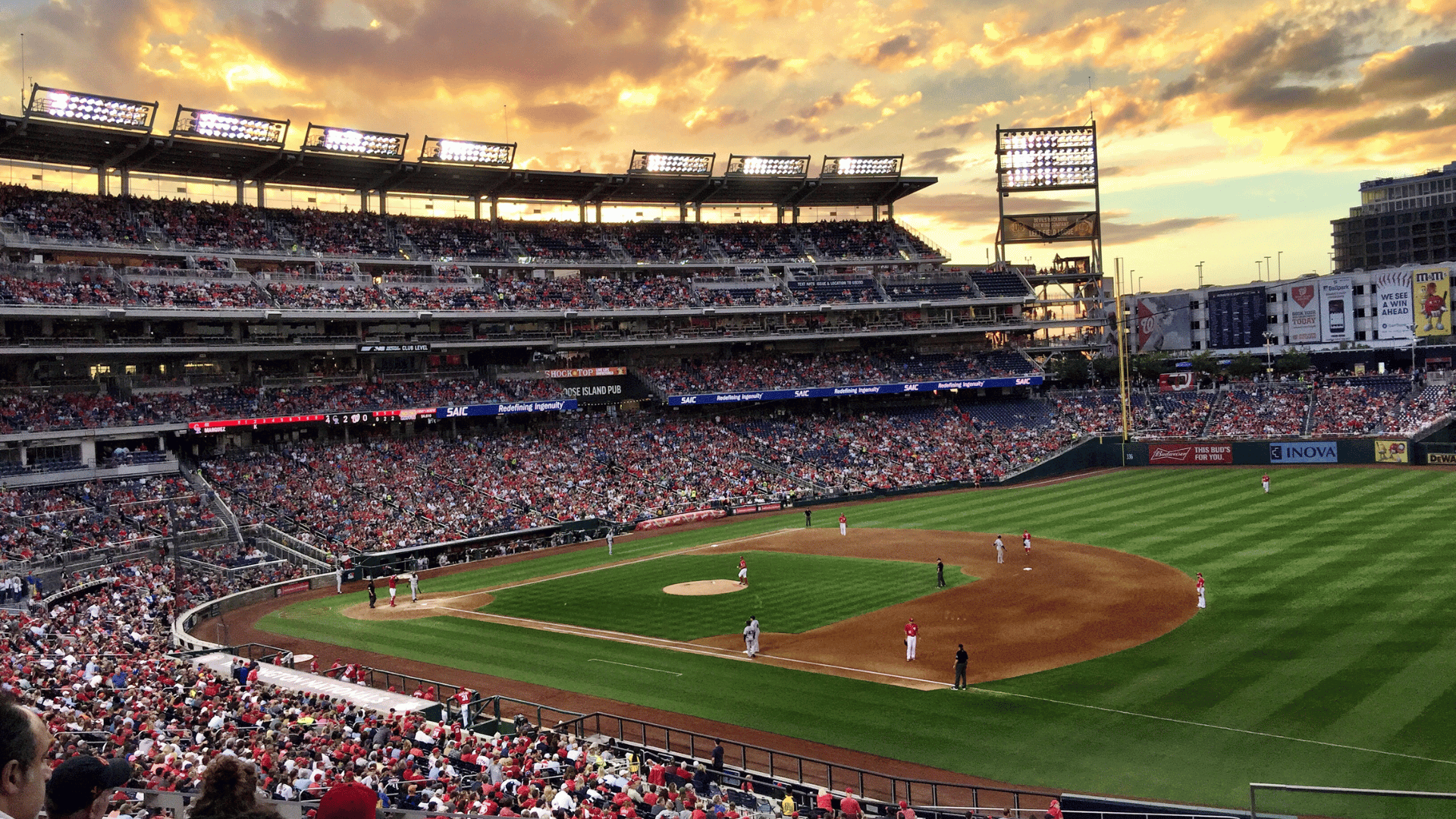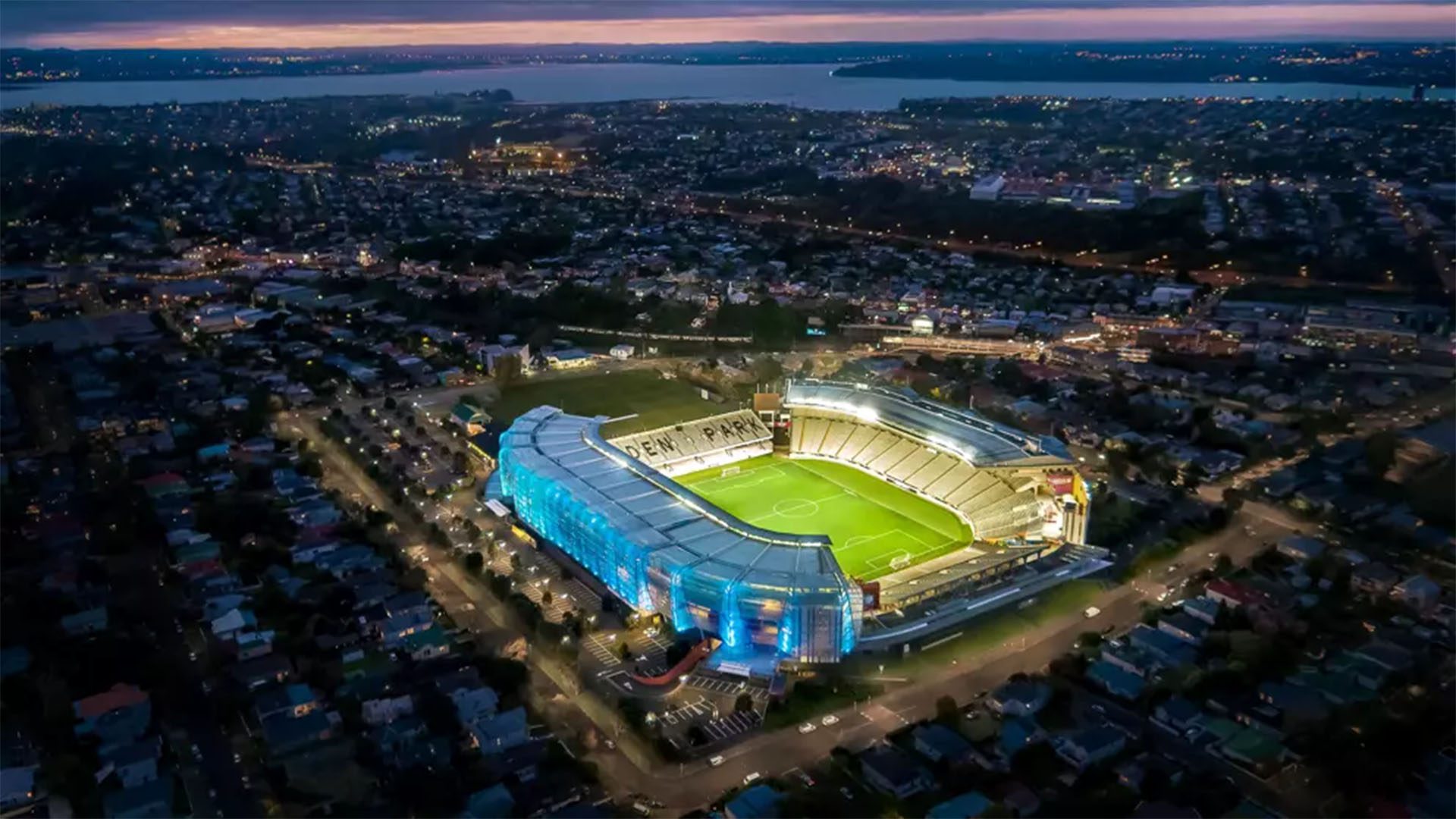Baseball is a traditional American sport, but that doesn’t mean it isn’t evolving. From pitch tracking to virtual reality training, many types of new technology trends are helping Major League Baseball stay relevant. And it’s not just about using gadgets—it’s about the evolution of the sport thanks to technological advancements.

Pitch tracking technology
While many diehard fans refute radar and camera technology, believing people can gain an advantage at MLB betting sites, there’s no running away from it. Radar systems and cameras work to monitor and analyze every pitch made. This provides key data on pitch velocity, trajectory, and spin.
Many players and teams love the ability to refine their techniques by reviewing their pitches. They can alter their grip and release points to improve their performance. Coaches can develop strategies too to maximize their players’ performances.
Player performance analysis
Alongside pitch tracking, MLB has begun using wearable technology to monitor player health and performance. The technology provides insights into their abilities. For example, heart rate monitors, sweat sensors, and hydration monitors can help teams optimize their training to prevent injuries and ensure peak performance.
Video replay and umpire assistance
Diamond disputes with umpires are no more. Video replay means umpires can review play to ensure the outcomes are fair. Two notable examples of this technology are Statcast and Hawk-Eye. The latter uses advanced cameras to track the ball to determine whether it crossed the plate for a strike.
Virtual reality (VR) and augmented reality (AR)
VR and AR have both found applications in MLB. They have been used in training as well as fan engagement. These technologies provide a level of engagement that hasn’t been seen before. It allows fans to be immersed in the game while players can fine-tune their skills this way too.
The MLB itself recognized that VR And AR were changing baseball back in 2017, so this is nothing new. The Society for American Baseball Research (SABR) also recognizes that the future of baseball training starts with VR.
Data analytics
These days, everything is data-driven — including baseball. Teams, coaches, and analysts use vast amounts of data to dissect every aspect of the game. This includes player performance and game strategies.
It’s not simply about number-crunching though—MLB teams examine the statistics of players to analyze their weaknesses and strengths. This allows them to tailor their training plans to make improvements.
Engagement from fans through tech
Technology is also transforming how baseball fans engage with the nation’s favorite sport. Mobile apps are now integral to the MLB, offering real-time stats, interactive seat upgrades, and in-seat food ordering. Virtual reality experiences also bring the fans at home into the action, giving them a great perspective of the game with a 360-degree view. This means fans can access the game from anywhere without needing to travel or pay a hefty ticket price.
Technology enhancements to ballparks
Technology has certainly changed the appearance of ballparks too. High-definition video boards have been around for a while. These allow close-ups with instant replays, providing unparalleled clarity. Wi-Fi within stadiums means fans can stay connected wherever they are, while apps can be used as a personal concierge when attending a game.
Sustainability and technology
Technology is also being used to improve the sustainability of the sport and its stadiums. As we become more conscious of our impact on the planet, stadiums are leveraging new technologies like solar panels, rainwater harvesting systems, and green roofs to minimize their environmental impact. Energy-efficient lighting is also used to reduce the impact of night games while cutting costs.
Esports and gaming
Like many sports, MLB is broadening its horizons by introducing esports. Lots of teams are now taking part in virtual competitions. This allows fans to compete in virtual recreations of baseball for a thrilling, new experience. As this is still in its infancy, it will be interesting to see how the next generation of baseball fans get involved in this.
What does it mean for security and safety in the MLB?
When technology evolves, so do worries about security. It’s great that the MLB is embracing cutting-edge technology, but it comes with concerns too. While stadiums can leverage facial recognition to keep track of potentially problematic individuals, there are also concerns about fan privacy.
The implementation of surveillance systems needs to be delicate. Ensuring technologies respect privacy is a continual challenge for all involved in MLB. One key example is Madison Square Garden, which came under fire for using facial recognition software to deny people entry.
It’s clear that the MLB is continuing to explore new frontiers. It is harnessing data, simulation, and security technologies to elevate the sport to new heights. As we move through the generations, it will be interesting to see what the future has in store for this timeless sport.






